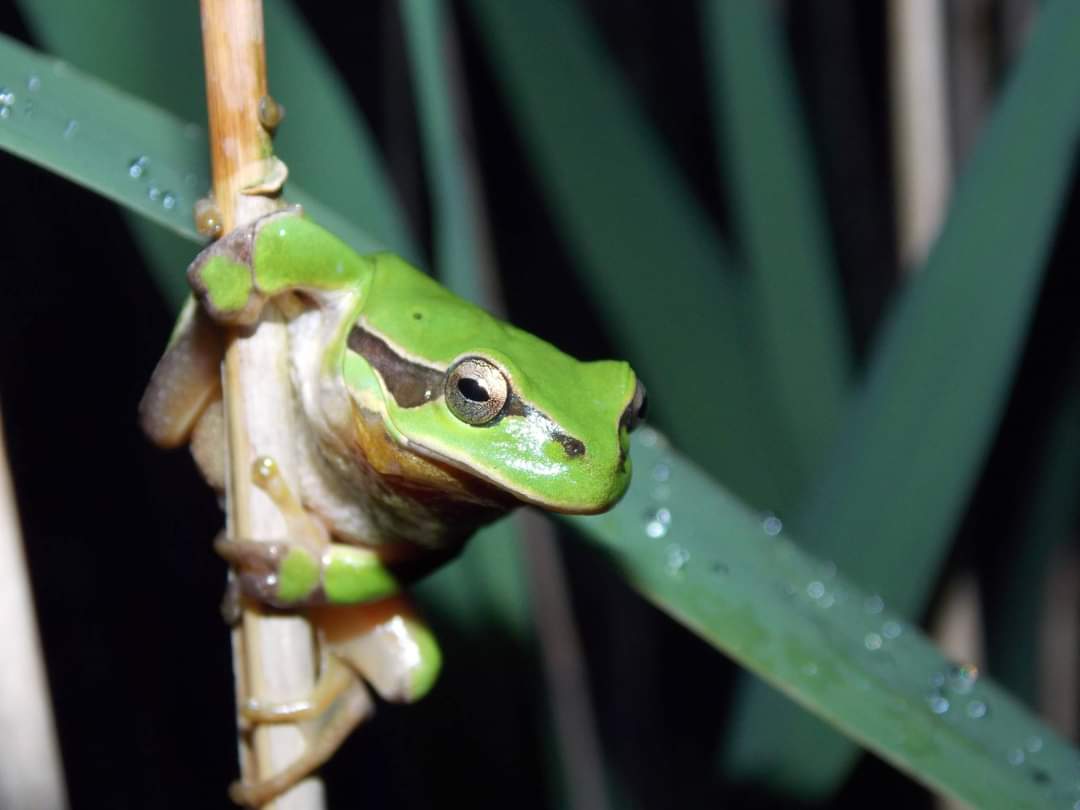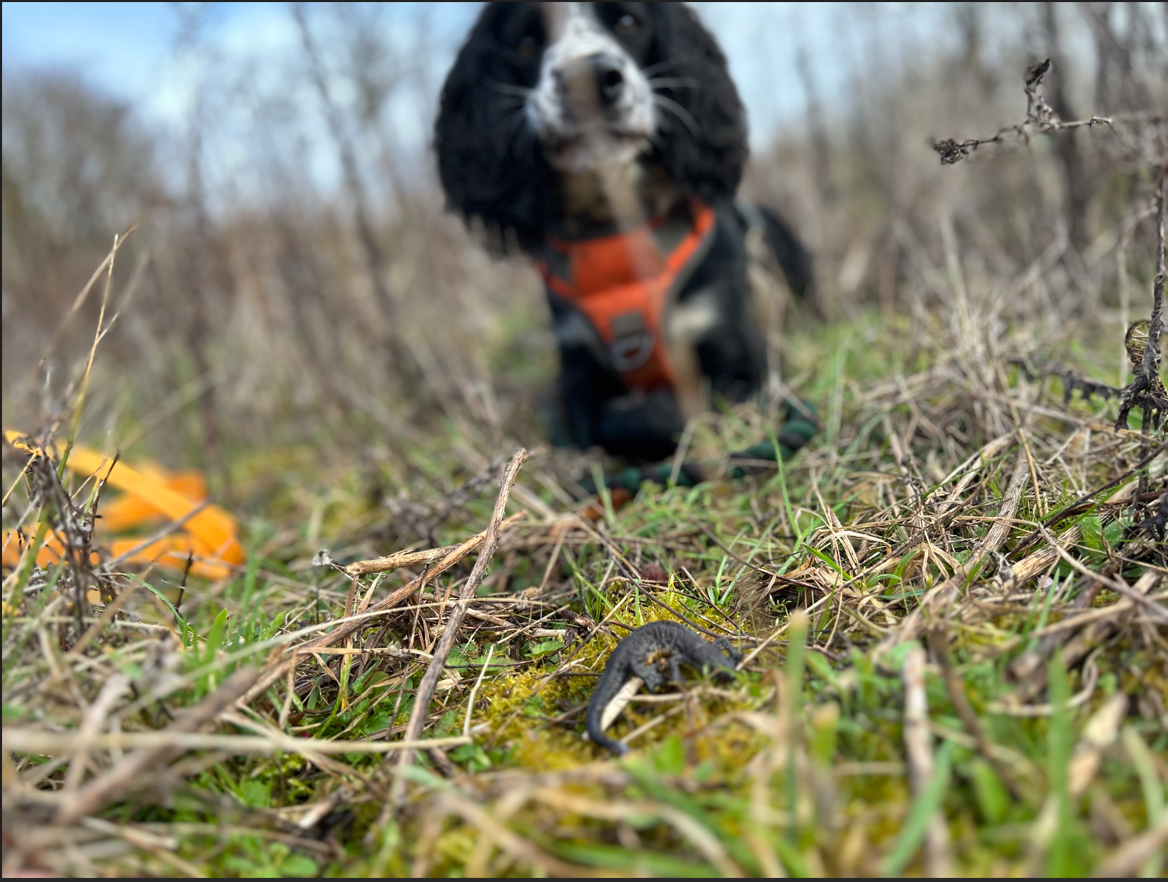The Herpetofauna of Wiltshire, March 2018
pdf The Herpetofauna of Wiltshire, March 2018 Popular
By Angela Julian 3985 downloads
The Herpetofauna of Wiltshire, March 2018.pdf
In a county dominated by, and typically associated with, chalk downland and farmland, it is sometimes easy to overlook other habitats and their species. I’ve certainly raised this issue with regards to the woodland bats and dormice of Wiltshire during preparation of the Wiltshire Mammal Atlas1 but what of our wildlife in parks and gardens; the hedgehogs, the frogs and slow worms? Wiltshire’s gardens provide a rich habitat for a range of wildlife and improving our understanding of these species is an urgent priority.
Reptiles and amphibians are in urgent need of some profile-raising and conservation effort in Wiltshire, for although the county’s great crested newt populations are well-known (and bemoaned by some!) our other species are often overlooked. This atlas was borne from the success of the recently-published Mammals in Wiltshire (2nd Ed) which successfully stimulated increased and improved recording of a range of mammal and bat species across the county and improved the flow of data to WSBRC. Improved recording and data flow to WSBRC benefits the wider environmental community by increasing the availability of data used to inform planning processes, policy development, land management, agri-environment schemes and so much more.
Our hope in publishing this, the first review and atlas of Wiltshire’s amphibians and reptiles, is that we can stimulate recording and promote the importance of these species. And hopefully we can review, update and publish a second edition in the near future!
Some species are known to be widespread in the county (such as great crested newt and common toad) but many others are remarkable by their apparent scarcity. Are palmate newts really so scarce in the county or are they simply overlooked? Are there significant populations awaiting discovery? Adder populations and distributions are poorly known in the county with almost no sites being regularly monitored for this species (Wiltshire Wildlife Trust reserves in the north and south of the county leading upon such monitoring). Are Adders really absent from the Salisbury Plain training area, a huge expanse of other suitable habitat? Smooth snake and sand lizard have not been reliably recorded in the county in many decades – are there relic populations remaining on the fringe of the New Forest awaiting discovery or perhaps already being monitored?
It’s easy to fixate upon the rare and infrequently-encountered but Wiltshire’s importance will be for the extent of habitat for the common and widespread species. And so, I return to urban parks and ponds. Improved recording of wildlife, truly upon our doorsteps, in our gardens is perhaps our greatest priority to improve the recording of all species using these habitats across the county. These are our most accessible species in our most accessible habitats. By contributing 10 minutes of your time, explore the hidden world of the garden pond at night; the frogs, newts, the foraging hedgehogs and the hunting bats. And help us promote and safeguard Wiltshire’s wildlife-rich landscapes, habitats and species. Come on, join in.


